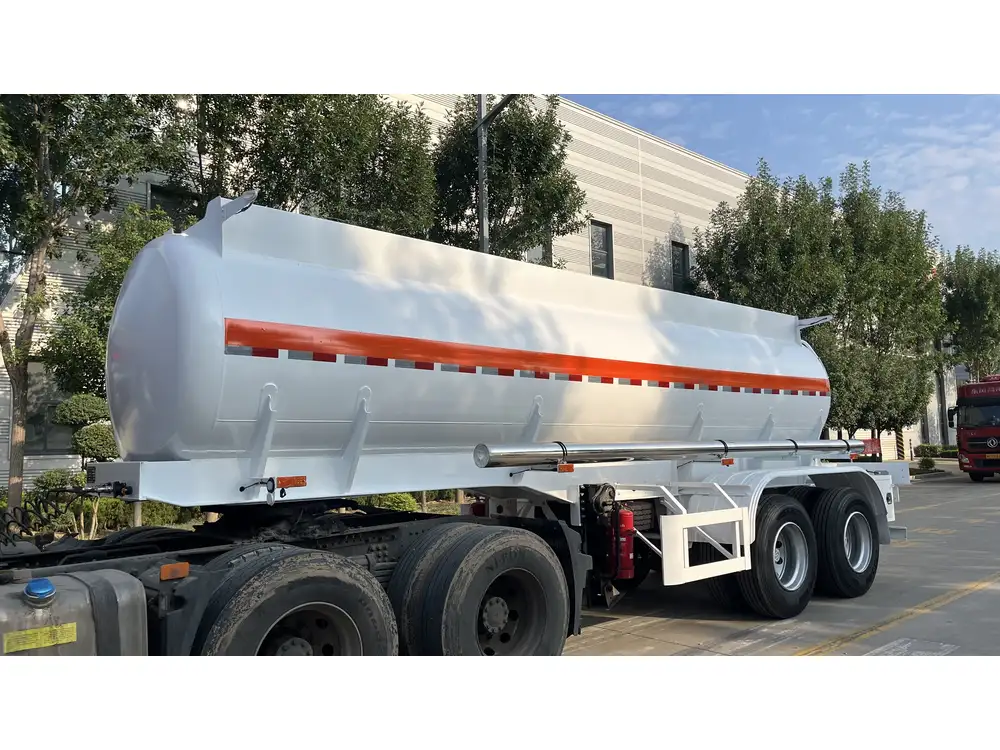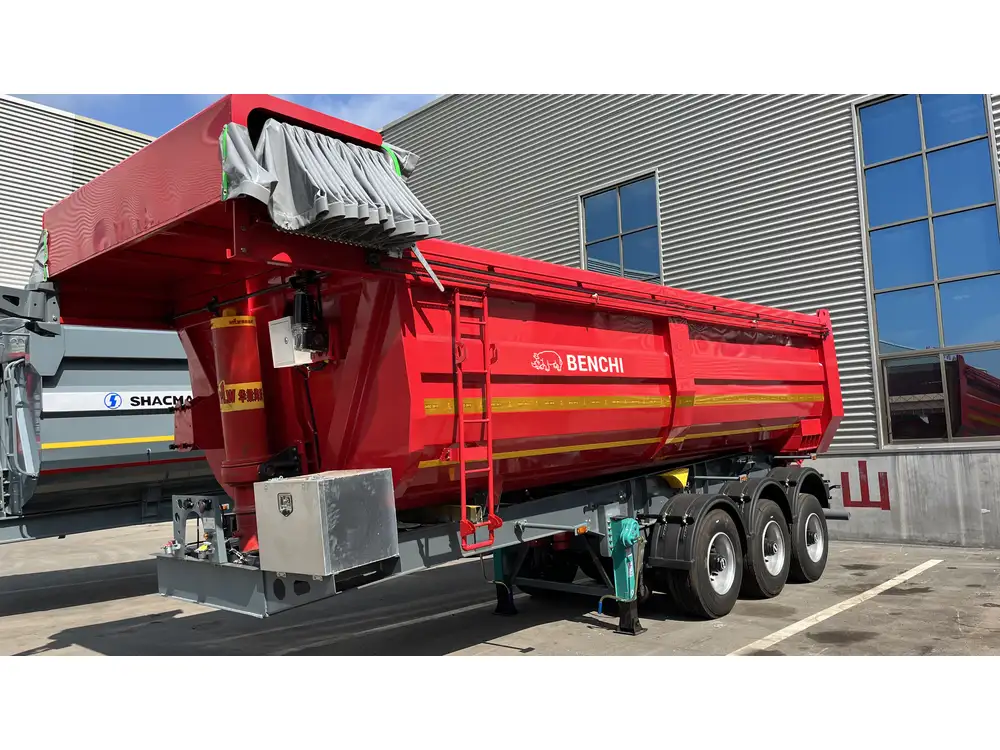Understanding the intricacies of propane tank levels is crucial for travel trailer owners. Whether you rely on propane for cooking, heating, or powering appliances, keeping track of your tank’s fill level can mean the difference between a comfortable trip and unexpected inconveniences. This guide explores various aspects associated with propane tanks in travel trailers, helping you optimize your usage and ensure uninterrupted adventures.
Understanding Propane Tank Basics
Types of Propane Tanks
Before delving into operational specifics, it’s vital to distinguish between the common propane tank types used in travel trailers:
| Tank Type | Capacity | Common Uses |
|---|---|---|
| 20 lb Cylinder | Approximately 4.7 gallons | Basic cooking and heating |
| 30 lb Cylinder | Approximately 7 gallons | Extended trips, more appliances |
| 40 lb Cylinder | Approximately 9.5 gallons | Larger trailers, consistent use |
| 100 lb Cylinder | Approximately 23.6 gallons | Commercial applications, long-term storage |
- Portable Tanks: Ideal for casual campers or seasonal users; they’re easily transportable.
- Built-in Tanks: These are usually larger, providing more room for storage, suitable for heavy appliances or extended stays.
Understanding these options is essential for selecting the correct tank for your travel needs and usage patterns.

Propane Tank Gauge Types
To effectively measure how full your propane tank is, two primary gauge types are employed:
Mechanical Gauge: Resembling a traditional fuel gauge, this type provides a readout based on internal pressure changes. It’s often inaccurate when temperatures fluctuate.
Magnetic Gauge: This innovative tool attaches to the tank and uses the temperature of the tank external surface to approximate the liquid level within.
Choosing the right gauge enhances measurement accuracy, minimizing guesswork during your trips.
Evaluating Propane Levels: Signs and Methods
Manual Gauge Check
Using the gauge on the tank is the simplest method for assessing propane levels. Here’s how to read it effectively:
- Reading the Gauge: Each gauge typically has marked indicators (Full, ¾, ½, ¼, and Empty). Adjust usage plans according to these readings.
- Identifying Low Levels: If the needle shifts towards the empty mark, it’s time to refill before a trip, as running out of propane can impact heating and cooking.

Weight Method
For those who prefer not relying solely on gauges, weighing the tank is a reliable alternative. Since propane is denser and weighs around 4.2 lbs/gallon, determining the remaining propane becomes simple.
- Find the “TW” (Tare Weight): This is usually labeled on the tank.
- Weigh the Tank: Use a scale for accurate measurement.
- Calculate Remaining Propane: Subtract the tare weight from the total weight you obtained.
For example, if your 30 lb tank weighs 38 lbs total, the calculation would be:
38 lbs (total) – 25 lbs (tare weight) = 13 lbs remaining.
Dividing this by the weight per gallon gives you approximately 3.1 gallons of propane left.
Hot Water Method
A more hands-on approach involves the ‘hot water method’. Here’s how it works:
- Pour Warm Water: Pour hot water along the side of the tank.
- Feel the Temperature Change: Move your hand along the tank; where it feels cool indicates the propane’s liquid level, as liquid propane absorbs heat differently than gas.
Although this method is slightly unconventional, it’s useful for a quick check in the field without specialized equipment.
How Much Propane Do You Actually Need?
Knowing how much propane your appliances use can help gauge how long your tank will last.
| Appliance | Average Propane Usage (lbs/hr) |
|---|---|
| Furnace | 1.25 – 2.0 lbs |
| Water Heater | 1.5 lbs |
| Stove | 0.2 lbs per burner |
| Refrigerator | 0.44 lbs |

Usage Scenarios
Weekend Trip: For a typical two-day outing with a furnace running for 8 hours and light cooking, a 20 lb tank will likely suffice.
Extended Stay: For longer trips with consistent usage of all appliances, a 30 lb or 40 lb tank is advisable to avoid frequent refueling.
By thoroughly assessing each appliance’s consumption, you can more accurately predict propane longevity and avoid unexpected shortages.
Determining Tank Fill Levels – The Importance of Maintenance
Regular Checks and Maintenance
Monitoring your propane tank isn’t a one-off endeavor; it should be a regular aspect of your travel preparations. Key practices include:
Visual Inspection: Regularly inspect the tank for signs of rust, leaks, or damage.
Check Valve Functionality: Ensure that valves are operating correctly and are well-sealed.
Age and Condition: Propane tanks have a lifespan of about 12 years. Always check the manufacturing date, as older tanks may have reduced efficiency or safety risks.

Safe Refilling Practices
Knowing when and how to refill your propane tank is vital for safety and efficiency:
Refilling: Always refill your tank when it’s about 25% full to avoid running into issues when you need gas.
Safety Practices: Avoid overfilling. Propane needs room to expand due to temperature changes. Ensure the filling station adheres to safety guidelines.
Recognizing Warning Signs
Even with diligent maintenance, certain signals may indicate an impending issue. These include:
Unusual Odor: Propane has a distinct sulfur smell; a strong odor warrants an immediate check for leaks.
Physical Damage: Dents or other mechanical issues can indicate weak spots or future leaks.
Troubleshooting Common Propane Issues
As with any mechanical system, issues can arise with propane tanks and appliances. Understanding common challenges can help you quickly resolve them:

Insufficient Heating
If your heating system struggles to produce warmth, the issue might not be with the system but rather insufficient propane levels, or potential blockages in the gas line.
- Quick Fix: Verify the gauge and check the tank values.
- Long-term Solution: Regularly service appliances and consider an additional tank for high-demand requirements.
Uneven Performance in Appliances
Appliances that function less efficiently may indicate tank pressure issues or inconsistent-pull of propane due to line blockages.
- Pressure Check: Ensure pressure regulators are operating correctly.
- Appliance Maintenance: Clean burners and check for clogs that limit gas flow.
Conclusion
Maintaining a reliable propane supply for your travel trailer revolves around understanding your tank’s fill levels, the intricacies of propane usage, and regular maintenance practices. By diligently checking propane levels, utilizing effective measuring techniques, and practicing safe refilling strategies, you can enhance your travel experience significantly. Ensuring that your tanks are full helps to prevent unexpected outages and guarantees that all essential systems in your travel trailer operate efficiently.
Armed with this comprehensive guide, you are well-prepared to tackle the nuances of managing propane for your travel trailer. Safe travels and smooth adventures await!



